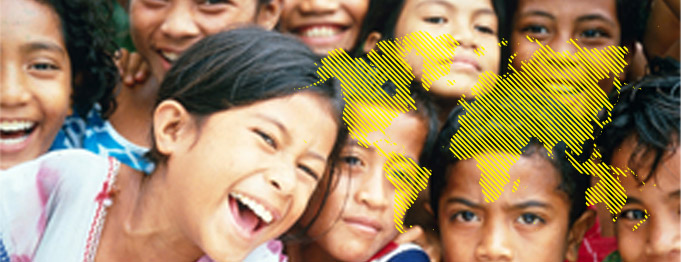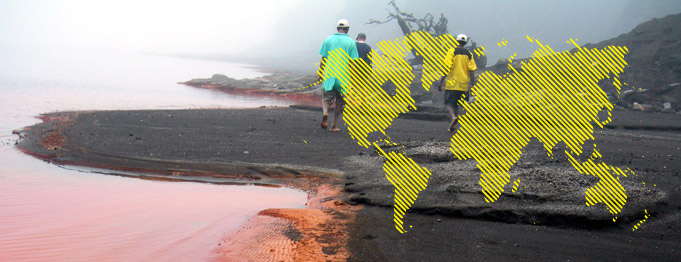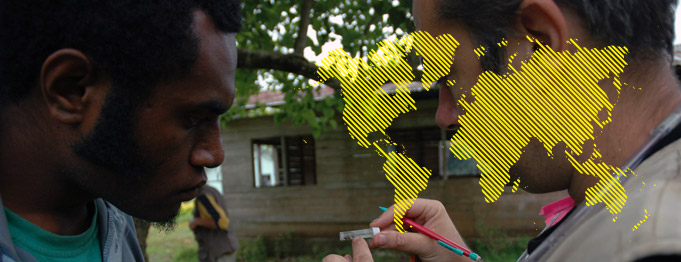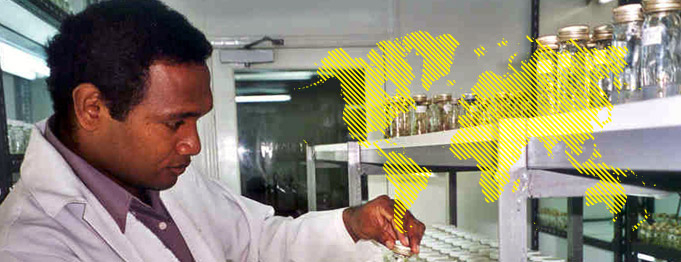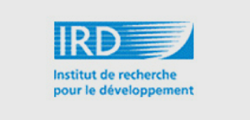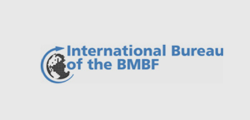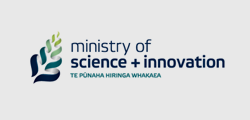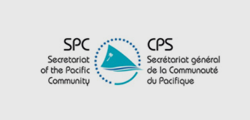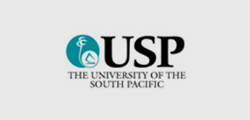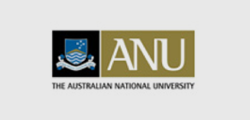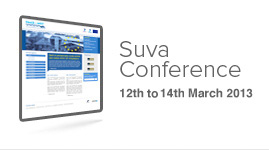UNDP/NGO Pacific Resilience Program
 The Pacific is one of the more vulnerable regions in the world threatened by disasters such as cyclones, earthquakes, volcanoes, droughts and floods, in addition to the possible impacts of climate change, global economic fluctuations, and in more recent decades, internal conflict[1]. In recent years there has been a marked shift in Disaster Risk Management (DRM) policy from focusing on disaster response to reducing disaster risks[2]. DRM is now recognized as a key development challenge that is integral to development programming. Similarly, the rapid rise of Climate Change Adaptation (CCA) as a high profile issue and resulting donor aid flows has significant impacts for DRM programming.
The Pacific is one of the more vulnerable regions in the world threatened by disasters such as cyclones, earthquakes, volcanoes, droughts and floods, in addition to the possible impacts of climate change, global economic fluctuations, and in more recent decades, internal conflict[1]. In recent years there has been a marked shift in Disaster Risk Management (DRM) policy from focusing on disaster response to reducing disaster risks[2]. DRM is now recognized as a key development challenge that is integral to development programming. Similarly, the rapid rise of Climate Change Adaptation (CCA) as a high profile issue and resulting donor aid flows has significant impacts for DRM programming.
There are substantial elements of overlap between CCA and DRM, yet each also has exclusive elements. For example CCA focuses only on climate related hazards while DRM programmes can encompass hazards ranging from natural (geological, hydro-meteorological and biological) to human processes (environmental degradation and technical hazards). There is increasing recognition that DRM and CCA need to be integrated as they share a common focus: reducing the vulnerability of communities, building resilience and contributing to mainstream sustainable development.
Pacific Leaders have reiterated in regional meetings that DRR and climate change (CC) are priority issues for Pacific countries. In 2005, the Pacific Islands Forum Leaders endorsed the Regional Disaster Risk Reduction and Disaster Management Framework for Action 2005-2015, ‘Building the Resilience of Nations and Communities to Disasters’ (Regional DRM Framework) and included its implementation as a regional priority requiring immediate attention for implementation under the Pacific Plan 2020. With respect to CC, in 2005, Pacific leaders at the 36th Pacific Islands Forum endorsed The Pacific Islands Framework for Action on Climate Change (2006-2015) (PIFACC). A Pacific Islands Climate Change Roundtable (PCCR) meeting was subsequently convened to review the Framework, and resulted in the development of an implementation plan for the Framework.
In addition to the regional priority given to DRM and CC, globally CCA has also developed a very high profile with donor governments. The result in the Pacific is a very crowded donor environment in a region where there is limited absorptive capacity. However, despite the significant donor funds flowing into the region, there has been limited progress on the implementation of the regional Frameworks at the community level[3]. Support has been provided to develop policies and plans, but only limited support has been provided to implement them.
There are a significant number of activities across the region, but there is a lack of coordination, or coherence. Most of the funds are focused or ‘captured’ at regional and national level policy and planning. Despite the level of funds ‘dispersed’ there is limited impact to date on the ground. Community level activities are often not connected to government structures, not followed up or sustained, are of variable and often unknown quality. There is also limited sharing of lessons across the region, between levels of government, between community level actors, and between community and government.
While ‘pilot’ activities abound, limited practical solutions have emerged or are being replicated in a coordinated way. There is a level of frustration in the region. Communities are suffering “death by consultation”[4]. Senior managers in Pacific governments want support for implementing their countries identified priorities, not more reviews and more plans[5]. All agree that communities are not concerned if the source of risk is related to ‘emerging climate change’, or a ‘current disaster hazard’. At the policy level the need for integration seems clear. The practical reality is that little is happening at the operational level in terms of integration or action.
A change in mind set is required, for DRM from a narrow focus on emergency preparedness and response, to integrated and inclusive risk reduction, and for CCA a move from isolation to an integrated development approach. There is a need to encourage behaviour change in donors, governments, civil society and communities, to consider how they can work together to reduce vulnerability and increase the communities own resilience in a holistic way. The rationale for the proposed new programme is fundamentally changing the approach to building resilience in the Pacific.
The Pacific Risk Resilience programme will be implemented by UNDP with funds from AusAID. The programme will run for an initial period of 4 years, 2012- 2015, with an overall budget of approximately USD$ 4.1 million per annum. The countries to be initially targeted (selected on their risk profile) are Vanuatu, the Solomon Islands, Tonga and Fiji. The programme will be tailored towards the specific needs and opportunities in each country. UNDP will engage an International Non-Governmental Organization (INGO) to implement a major part of the programme at the sub-national level in all four countries.
The programme aims to develop a model for a new approach to DRM that can be replicated. The programme is intended to be scalable i.e. there is the possibility of expanding both within and across countries if the approach proves successful and additional funds become available. For example while Samoa has a lower risk profile than the 4 target countries identified, there is considerable work being undertaken in Samoa by other donors and multilateral organizations. Samoa may provide useful examples or lessons that this programme should monitor as well as a potential country for including in any future expansion of the programme.
Scaling up is considered highly relevant to fragile settings as a strategic approach for promoting development. The programme aims to identify and leverage successes, with a focus of attention on both design and implementation, and to integrate institutional development more explicitly. In addition, scaling up can assist addressing sustainability concerns and managing risk effectively[6].
[1] There are a vast number of references that discuss the extent and impact of disasters in the region.
[2] UNISDR, UNDP 2011: Disaster Risk Reduction and Climate Change Adaptation in the Pacific: An Institutional and Policy Analysis
[3] Mid Term Review of Hyogo Framework for Action
[4] Roundtable meeting with the AusAID Design team, Tonga November 2011.
[5] AusAID Design Team Consultations: Chair of National Advisory Committee on Climate Change, Vanuatu, November 2011.
[6] Brookings Institute. Taking Activities to Scale in Fragile and low Capacity Environments, AusAID Briefing 2011.
UNDP have issued a procurement notice for an Implenting Partner (International Non-Governmental Organisation) for the Pacific Resilience Programme Fiji.
More information - including about the program can be found here - http://procurement-notices.undp.org/view_notice.cfm?notice_id=10350

